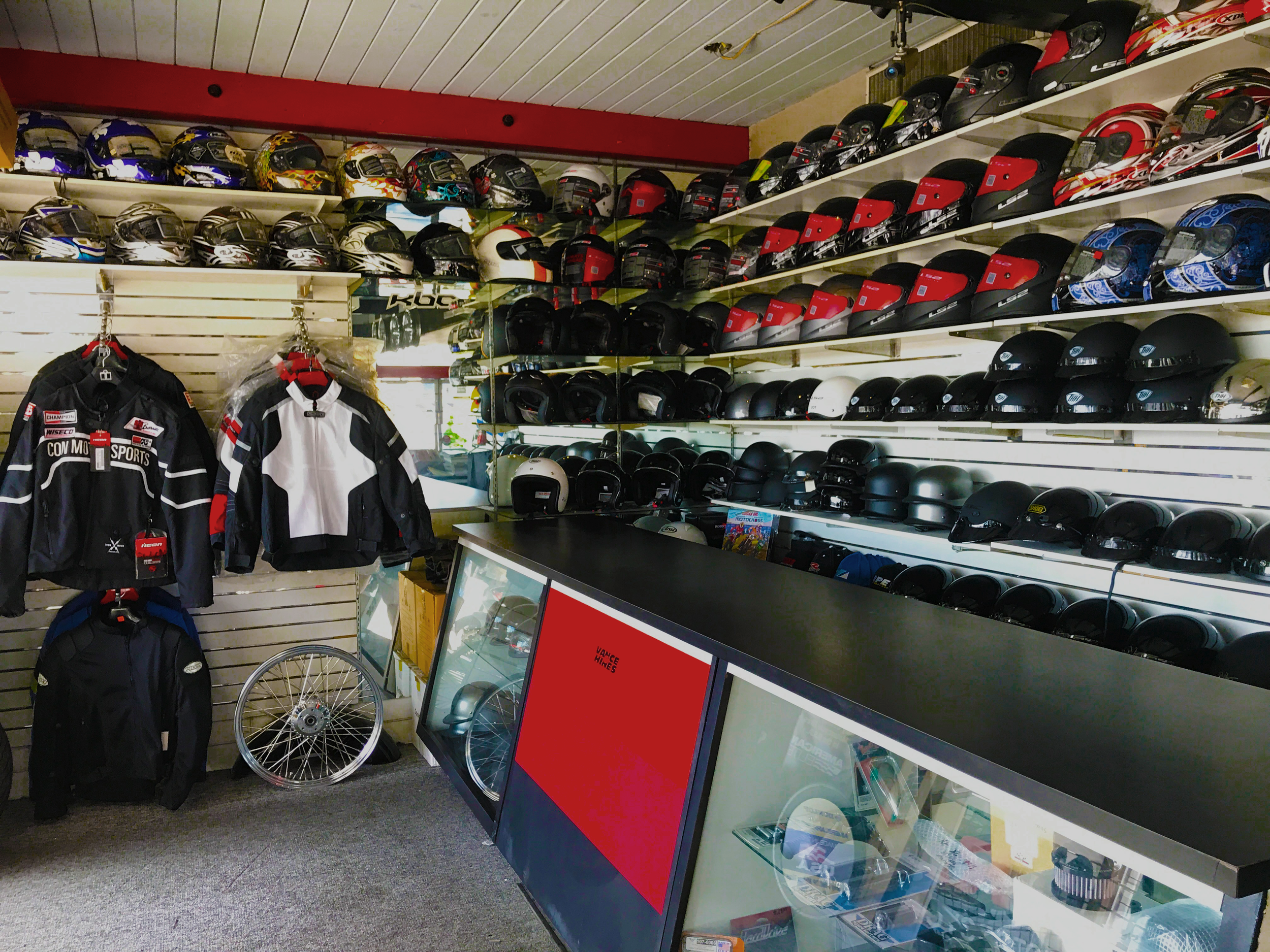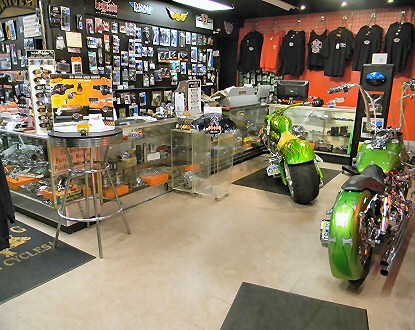Must-Have Motocross Gear: Elevate Your Riding Experience Today
Must-Have Motocross Gear: Elevate Your Riding Experience Today
Blog Article
Comprehending the Important Parts of a Motorbike: A Comprehensive Overview for Lovers
For bike lovers looking to raise their riding experience and guarantee their bikes run smoothly, understanding the essential parts of a bike is extremely important. Each element, from the engine's intricate operations to the essential function of the stopping devices, not just affects performance yet also security and convenience. This overview will certainly go through the essential parts that every motorcyclist should know with, making it possible for notified selections in both upkeep and possible upgrades. As we begin this expedition, one must ask: just how does each element connect to develop the seamless ride every fanatic looks for?
Engine Elements

The camshaft plays a vital role in regulating the timing of the engine's valves, making certain the exact opening and closing necessary for effective fuel and air consumption, as well as exhaust expulsion. This timing is essential to preserving optimum engine performance and performance. Additionally, the carburetor or gas injection system, depending on the bike design, is accountable for blending air with fuel in the proper ratio for burning.
The air conditioning system, either air or liquid-based, works to preserve the engine's temperature level within functional limits, stopping getting too hot and guaranteeing durability - mx gear nz. Each element, diligently designed and integrated, adds to the smooth procedure of the engine, specifying the motorcycle's power output and general performance
Transmission System
Important to the bike's functionality, the transmission system makes sure efficient power transfer from the engine to the wheels. This system makes up numerous crucial elements, consisting of the clutch, gearbox, and last drive, each playing an important function in translating the engine's power right into motion. The clutch, generally operated by a hand bar, serves to disengage the engine and engage from the transmission, enabling smooth gear modifications and controlled acceleration.
The gearbox, usually referred to as the transmission proper, includes a set of equipments that riders can manually shift through to change the bike's speed and torque outcome. These equipments are prepared in a sequence that makes it possible for the motorcycle to speed up smoothly and keep optimum engine performance across different rates. The majority of bikes use a consecutive gearbox, requiring the biker to shift equipments in a fixed order.
Braking Systems
While comprehending the transmission system is essential to using a bike's power, just as important is the capacity to manage and stop that power efficiently, which is where stopping systems enter into play. Brakes are important for security and performance, giving the cyclist with the needed control to navigate different terrains and problems. Generally, motorcycles feature 2 kinds of stopping systems: disc brakes and drum brakes.
Disc brakes are extra widespread in contemporary bikes as a result of their superior performance. They contain a brake disc, caliper, and pads. When activated, the caliper presses the brake pads against the spinning disc, transforming kinetic energy right into warm, therefore slowing down the wheel. This system provides much better heat dissipation, regular performance, and boosted stopping power, specifically in wet problems.
Conversely, drum brakes, though less usual, are still located in some motorcycles. They work by pushing brake footwear versus the inner surface of a drum connected to the wheel. While usually much less effective in warm dissipation and quiting power, drum brakes are less complex and more economical.
Understanding these braking systems' nuances permits riders to maintain their motorcycles appropriately and value the design that ensures reliable and safe stopping.
Suspension and Steering
Suspension and steering systems are important elements that dramatically affect a bike's handling and ride comfort. The suspension system, consisting of forks at the front and shock absorbers at the rear, absorbs road abnormalities, enhancing security and control. Front forks, typically telescopic or inverted, compress h chain and rebound to reduce effects, while rear shock absorbers maintain tire call with the road, essential for traction and safety and security.
Steering, focused around the handlebars, attaches the rider to the motorcycle's directional control. The guiding head bearings make certain smooth procedure, enabling accurate maneuverability. Proper alignment and upkeep of these bearings are vital for foreseeable guiding action and decreasing biker fatigue.
The suspension's adjustability is an additional important element; preload, damping, and rebound settings permit personalization to suit numerous riding designs and conditions. This adaptability is crucial for maximizing efficiency, whether navigating city roads or tackling rugged trails. Innovations like electronic shock absorber use real-time changes, boosting trip quality across diverse surfaces.

Electric Solutions
After guaranteeing a controlled and smooth ride through reliable suspension and guiding systems, interest turns to the electric systems, a critical element of contemporary motorcycles. These systems play an important role not only in beginning the engine yet additionally in powering numerous components that enhance the capability and safety of the motorcycle.
At the heart of a motorcycle's electric system is the battery, which stores electrical power required for beginning the engine and powering supporting systems - motorcycle parts nz. The generator or generator, paired with the rectifier-regulator, makes sure the battery continues to be billed while the motorcycle is in operation, converting power into electric power and maintaining voltage levels
The ignition system, one more important part, is responsible for firing up the air-fuel mix in the engine's cyndrical tubes. Modern bikes often utilize an electronic ignition system, providing higher efficiency and dependability compared to standard systems.
Illumination systems, consisting of fronts lights, tail lights, and signs, are likewise crucial, making certain visibility and safety for the rider. Additional electronic components such as sensing units, control devices, and presents add to innovative functions like gas injection monitoring, anti-lock braking systems (ABDOMINAL), and electronic dashboards, even more enhancing the riding experience.
Conclusion
A comprehensive comprehension of a bike's necessary elements, consisting of the engine, transmission system, stopping mechanisms, suspension, guiding, and electrical systems, is indispensable for fanatics aiming to maximize safety and security, comfort, and efficiency. Proficiency of these aspects enables notified choices concerning maintenance and upgrades, inevitably boosting the riding his explanation experience. By integrating this knowledge, cyclists can ensure their bikes operate at peak performance and reliability, thus making the most of both satisfaction and longevity of their cars.
For bike enthusiasts looking to raise their riding experience and guarantee their bikes run smoothly, understanding the crucial components of a motorbike is vital.Integral to the motorbike's performance, the transmission system makes certain efficient power transfer from the engine to the wheels.While understanding the transmission system is essential to using a bike's power, similarly vital is the capability to manage and stop that power effectively, which is where stopping systems come into play. Normally, bikes feature two types of braking systems: disc brakes useful site and drum brakes.
A detailed comprehension of a motorcycle's important components, including the engine, transmission system, braking mechanisms, suspension, steering, and electrical systems, is essential for lovers aiming to enhance security, comfort, and performance.
Report this page